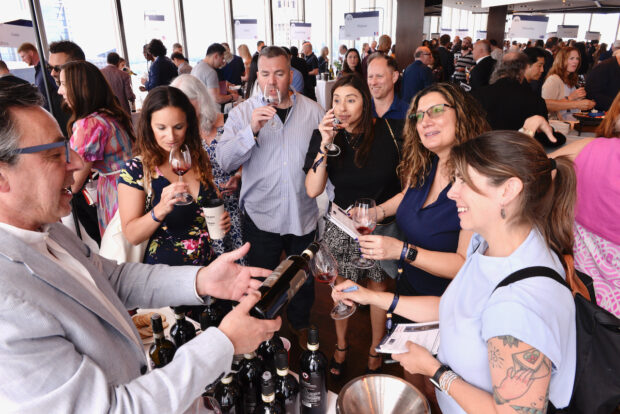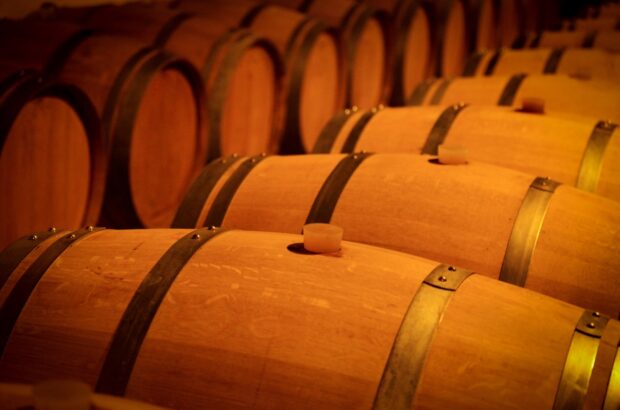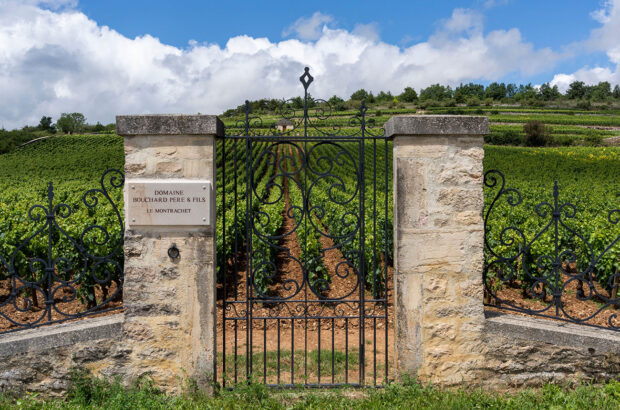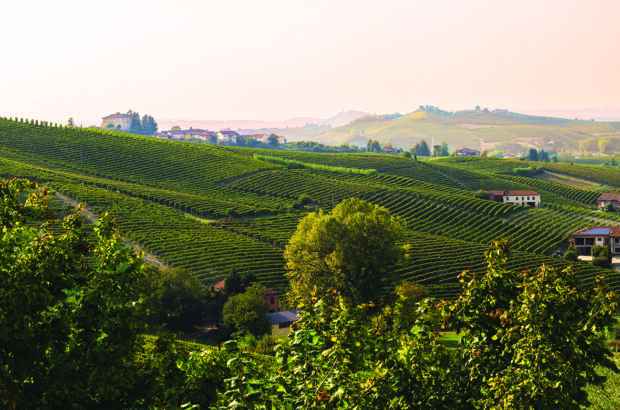Jennifer Regan-Lefebvre is Professor of History at Trinity College, Connecticut, and author of Cosmopolitan Nationalism in the Victorian Empire (2009, available through Amazon UK). Her latest book Imperial Wine: How the British Empire Made Wine’s New World is available now through Amazon UK and was the drinks category winner in the 2023 André Simon Awards.
The debate around the legacies of British imperialism continues to rage, yet few of us stop to consider the pivotal role that empire played in creating the modern wine market.
To be sure, there are several drinks commonly associated with European imperialism. The gin and tonic rose to popularity in British colonial India as a refreshing way to consume quinine, which helped to ward off malaria. The hoppy India Pale Ale style of beer, now a staple of craft microbreweries, was developed in the early 19th century because it could withstand travelling long distances on British naval vessels – the hops acted as a natural preservative to keep beer fresh.
But it turns out that wine, too, was buoyed by the mass movements of people and goods throughout European empires. Britain was especially important in building wine industries in Australia, New Zealand and South Africa, and in trading wine of all countries of origin across its vast global networks. British consumers at home and abroad were thirsty for wine, and entrepreneurial colonial settlers were keen to make and sell wine to quench that thirst.
Wine’s New World got its start as European colonies
The New World of wine is not all that new. People in what are now Argentina, Chile and the western United States started making wine in the 1500s, in South Africa in the 1650s, in Australia in the 1780s, and in New Zealand by the 1840s. In all of these cases, the winemakers were European colonists – Spanish, Dutch and British – who
had arrived by sea and settled there.
In fact, as I show in my book, Imperial Wine, planting a vineyard was a priority for British settlers on arrival in a new land, and ships that carried settlers also carried vine cuttings to plant on arrival. European vines did not survive in British North America, but they took hold in many parts of the southern hemisphere, beginning a tradition of winemaking that continues to this day.
Grape-growing was viewed as a good strategy for adding value to land. Colonisers hoped that making wine would be lucrative and would also allow British people to drink ‘British’ wine, rather than importing it from imperial rivals.
Colonies taught Brits they could like wine

Wine barrels unloaded from ships in the London Docks, Stepney, in the late 19th century. Credit: Heritage Image Partnership Ltd / Alamy Stock Photo
The determination to produce wine in British colonies might surprise us: not only did Britain not produce wine domestically during the colonial period, but ordinary British people had a reputation for preferring beer and hard spirits. Many historians have noted that French wine was expensive and out of reach for most ordinary people, and that overall per-capita wine consumption was low.
While it is true that beer sales far outstripped wine sales in Britain throughout the 19th and 20th centuries, a closer look at the historical evidence shows a robust trade in colonial wines, and that this wine was relatively cheap and probably consumed by middle- and working-class people. In early Victorian Britain (from the late 1830s onwards), there was as much wine imported from South Africa as there was from France.
If historians start from the assumption that only posh people drank wine, they tend to look for historical evidence of posh people drinking wine. It’s clear that wealthy Victorian consumers preferred French wines to South African ones. But for lots of ordinary drinkers in the 1800s and early 1900s, colonial wines were an affordable introduction to wine. During the two world wars, sometimes the only wines available to purchase in Britain were from South Africa or French colonial Algeria, leaving consumers with no choice but to buy colonial wine.
Vineyards in British colonies attracted European wine talent
The British role in building colonial wine industries seems particularly improbable as British settlers had no experience of growing grapes or making wine. And there were labour shortages in British vineyards, which unscrupulous owners sometimes solved by enslaving native peoples.
While British settlers were generally bigoted towards indigenous populations, they were usually accepting of European migrants of different ethnicities and faith groups, especially those who brought with them rare skills such as vine management. As a result, British colonies attracted people who were escaping less tolerant regimes.
The Dutch had done the same in the late 1600s, allowing persecuted French Huguenots to settle in South Africa, giving their name to the Franschhoek region. Continuing this tradition, in the mid-1800s German Lutherans fleeing Prussian rule settled in South Africa and in Australia’s Barossa Valley, and at the turn of the 20th century Croatians and Lebanese left the Ottoman empire for New Zealand. These groups brought vital winemaking knowledge and boosted wine production in their adopted lands.
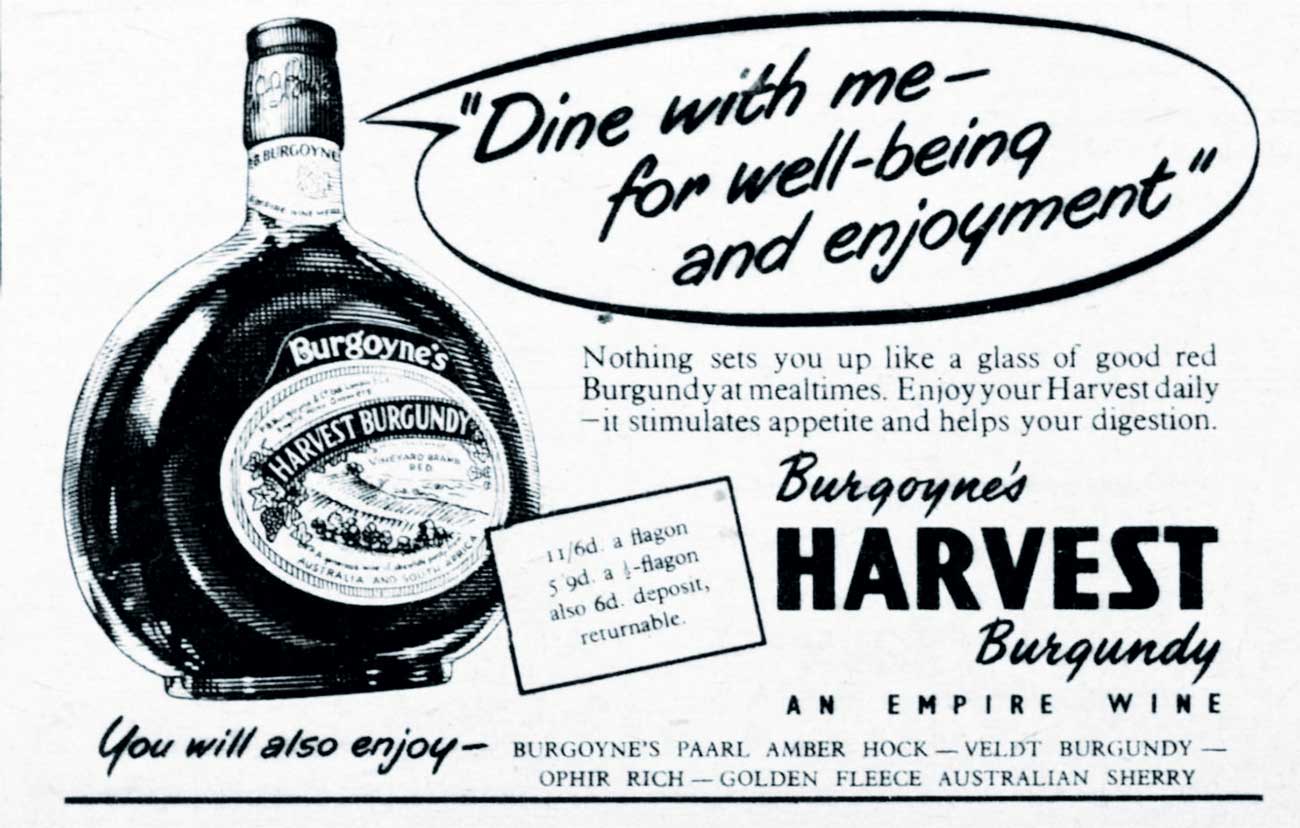
Place-based labels were the norm
Ask a casual wine-drinker about the difference between Old and New World wines, and they might say that European wines are labelled by geographical appellations and New World wines by grape varieties. In fact, this is a relatively recent development. In the 1800s the British market was well stocked with South African ‘Madeira’ and ‘Rhenish’ wine. Having no domestic wine producers to protect, British settlers had no qualms naming their wines after famous styles in continental Europe.
From the 1790s to the 1970s, Australians produced ‘Burgundy’, ‘Hermitage’, ‘Sauterne’ [sic], ‘Chablis’ and ‘Champagne’, as well as wines sold as single varieties or blends. Some connoisseurs sniffed that borrowing a French name for a New World wine was a sly attempt to mark up an inferior article, and even to deceive consumers. In the 1920s a British civil servant proposed, unsuccessfully, that wine names be Australianised to avoid confusion, suggesting ‘Burgalia’ as an antipodean replacement for Burgundy. For the most part, though, there was nothing illegal or duplicitous about this practice: ‘Burgundy’ was a recognised style of wine long before it became a protected place-name under French and European law in the 20th century.
It was only in 1980 that Australia’s own Wine and Brandy Corporation started the process to put an end to European-style names, in favour of varietal labelling and a new Australian geographical indication system.
Empire didn’t mean free trade
Australia’s decision to cease using European place-names was partly due to Britain joining the European Economic Community in 1971. If Australia wanted to continue exporting wine to Britain, it had to comply with EEC appellation law.
While some Eurosceptics moaned that Britain had forsaken the Commonwealth, the fact is that colonial wines had rarely enjoyed special tariffs or trade deals in Britain. Just like wines from European countries, colonial wines were subject to import tariffs. Throughout the 1800s and 1900s, Australian and South African wine importers lobbied the British government for preferential tariff rates. They were rarely satisfied.
For centuries, British import tariffs were tied to alcoholic strength, with lower rates for wine lower in alcohol. Still wines from hot regions were naturally strong in alcohol, so British customs agents sometimes classified strong Australian wines in a higher tariff bracket. This enraged producers and importers, who complained that they faced much higher shipping costs than European producers. In the late 1920s, Australia and other dominions were able to negotiate a preferential tariff, with great sales success, but this was short-lived. If wines from British lands sold well in the British market, it was thanks to networks of trade and common language, not because they were duty-free.
Strong wines had an edge in long-distance trade

New Zealand’s first winery, Mission Estate, was founded by French missionaries in 1851. Credit: Mission Estate Winery
Aside from the tariff issues, the high alcohol in southern hemisphere wines helped the wines survive the long journey between the producer and the British market. Just as doubling up on hop content kept beer fresh, high alcohol content in wine acted as a preservative and kept it from spoiling en route. This was especially important before refrigerated ships became available in the late 1800s. Strong, jammy reds – a style of wine still associated with the New World today – are a product of climate, but they are also a style that winemakers knew would fare better after months on the ocean than crisp, delicate whites.
There is little historical evidence to tell us exactly what wine tasted like a century ago, but there is abundant evidence of importers complaining about wines that had spoiled, or accusing anxious exporters of sneaking a splash of brandy into their still wines to help them survive the trip round the world.
Empire producers did not have to resort to subterfuge, though, because fortified wines were wildly popular in Britain from the 1700s right through to the 1960s, often more popular than still table wines. Knowing the challenges involved in shipping lighter wines to Britain, Australian and South African producers often made Port- and Sherry-style wines for export. Whereas now we might think of Sherry as an aperitif and Port exclusively as a digestif, both were drunk with meals and on their own, by British people of all ages.
And finally, a bonus perspective on empire and wine history…
Wine’s history can shape the future, too
In so-called New World countries, wine has become a valuable export and also plays an important role in promoting tourism. But lest this history read as a triumphal story, it’s worth remembering that former colonies still grapple with the social and economic inequalities created through imperialism. Given that the wine industries themselves are a product of empire, frank discussions of wine history could be used to acknowledge some of the legacies of colonialism. Fortunately, wine consumers are more thoughtful and educated than ever, and have the power to encourage these discussions.







